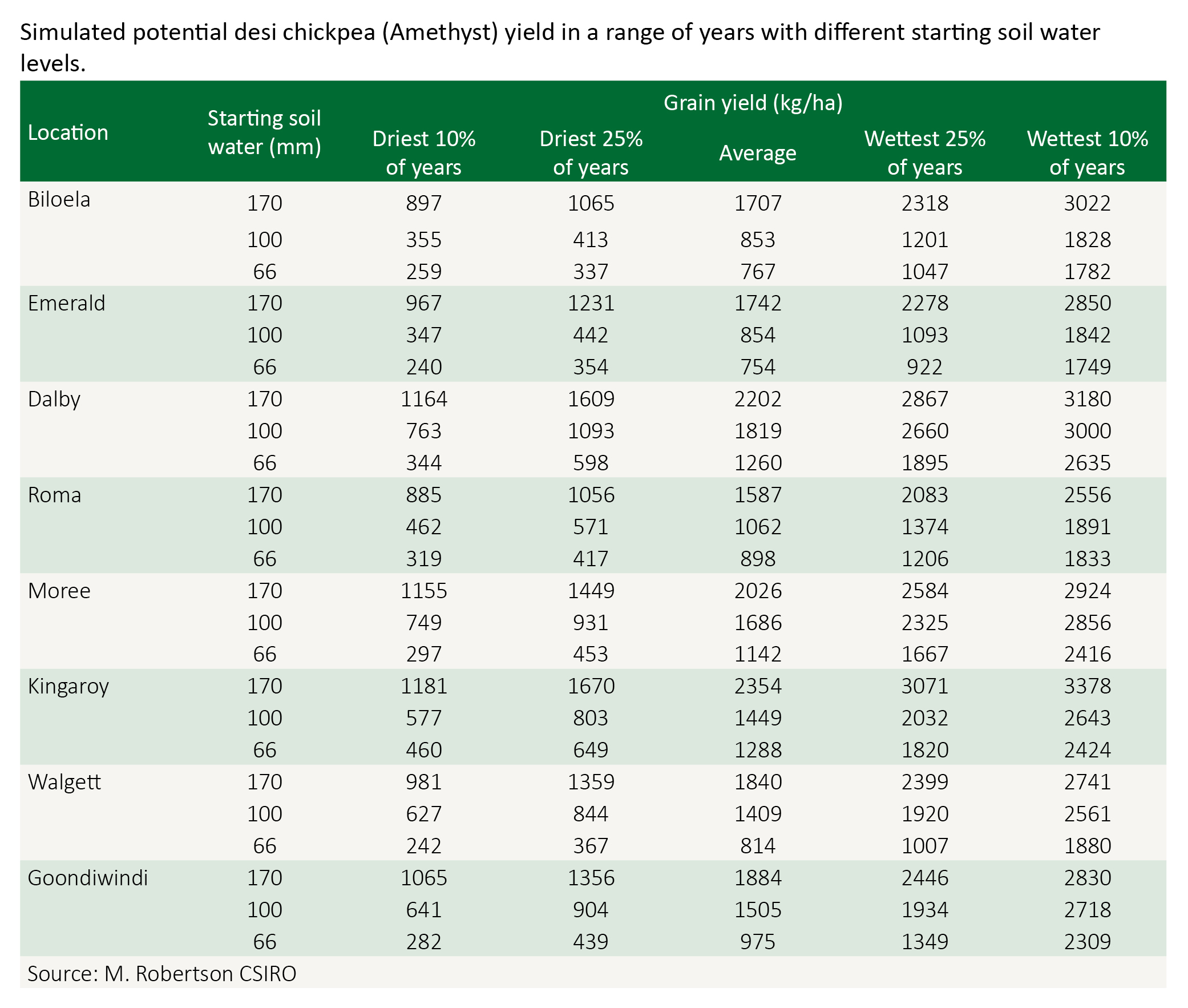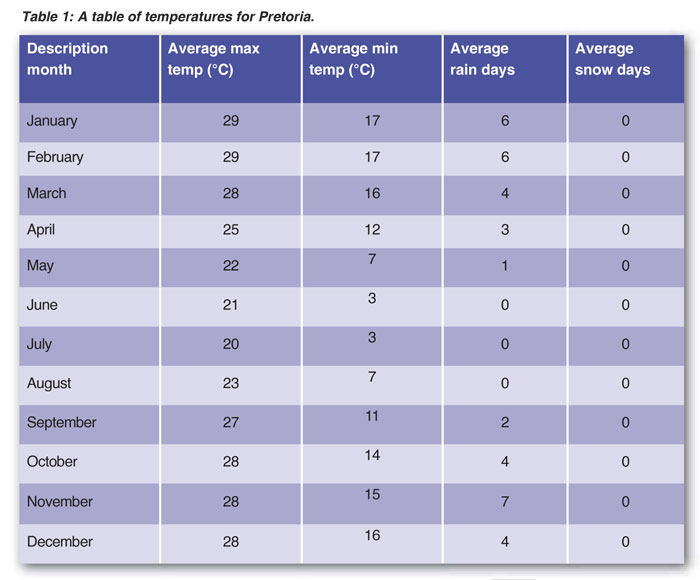To seed data into your database, you have to create a custom db initializer, as you created in the db initialization strategy chapter, and override the seed method. the following example shows how you can provide default data for the standard table while initializing the school database:. Applies to: sql server (starting with 2008) azure sql database azure sql data warehouse parallel data warehouse returns the original seed value (returned as numeric ( @@ maxprecision,0)) that was specified when an identity column in a table or a view was created.. 1)seed data is data stored in database tables that affects the behavior of the application and is patched by ebs development 2) patches cannot be allowed to modify the seed data seen by the running application otherwise it will impact the running application.
In our ssdt sql project, we've defined a new table but we need a way to insert inital seed data into it. this can be accomplished by creating a postdeploy script. in the solution explorer , right click on the futbol project and choose add -> script .. It's common to seed a new table or to reseed a production, but empty table. however, as a general rule, it's not a great idea to reseed an identity column in a table that contains data without. After they are processed, the table data is deleted. the identity column is int, so there can 8500 bulk inserts be done, then the max value for int is reached. now i can drop the table and recreate it or just reseed the identity..




